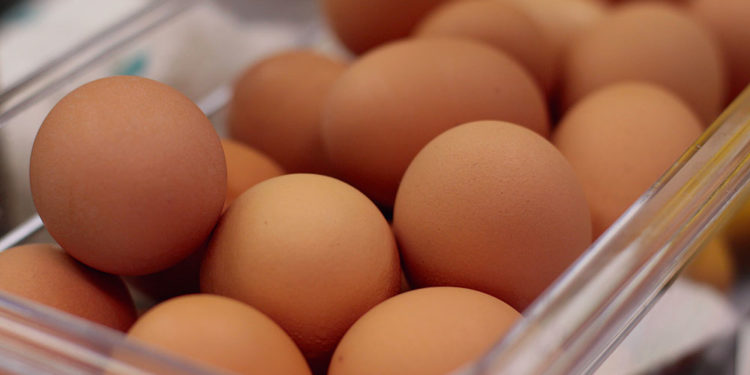
Egg losses could lead to setbacks in the grange. For this reason, poultry farmers must keep a vigilant eye on any failures that might contribute that more eggs should be discarded.
The egg shell disinfection is one of the most delicate moments of production. If it is not done properly, the chances of occurring embryonic death are high, which decreases the egg hatching rate and reflects negatively into the farmer’s income account.
Issues in egg disinfection can also play a role in a increase of sick chicks – when diseases spread around, the financial damage in the long run can be even greater. The solution resides in standardization of egg shell cleaning, something achieved through automating processes.
If there is a low hatching rate, many cracked eggs, a great number of sick fowls or yet a significant deal of less than average sized chicks, the cause may be in the egg disinfection method. In this case, the farmer must evaluate:
There are some methods that can be employed to clean the shells. The scraping, for instance, isn’t the best one, because it can make the egg’s inner part more vulnerable to infections.
Fumigation, on the other hand, even though it is widely exploited, it is not encouraged by the relevant bodies, since its practice can harm the health of those who are responsible for the disinfection and also injure the embryo. Looking for the less aggressive method for the embryo is a important take to maximize the grange results.
Besides, it’s highly recommended to standardize the process – we will talk more about standardization in the next topic – and stimulate the team to be committed as a whole in achieving a high number in quality chick hatching.
The environment cleaning and maintenance of the equipment that has contact with the eggs influence directly to a good shell disinfection, and the team in charge of egg handling should be aware to key-points such as the mechanical nests and palletizers.
Another point that should be looked upon is the time that the eggs wait to receive cleaning. It’s vital that the disinfection is made as soon as possible, to avoid the contamination in the inner part of the egg. The challenge also can be presented in the lack of egg temperature control.
During lay, the eggs have an elevated temperature. To avoid embryo death, reducing temperature before cleaning is necessary. One of the indicated solutions is to keep the eggs in a room with a temperature between 20° and 25°C.
There are many details that guarantee the full exploitation of the egg production, ensuring profit for the grange. The best way of avoiding mistakes – and losses – is standardizing the process. The automation is a good form to secure more precise disinfection processes, increasing control of egg contamination and diminishing possible impacts to the embryo. See some equipments developed by Fornari, optimal for this function:
This machine enables the standardization of the egg shell cleaning process. In accordance to the main food producing countries’ ban of paraformaldehyde and formaldehyde in disinfection, this equipmente promotes disinfection of dirty and clean eggs, with full control over temperature during all the cleaning and without usage of toxic products.
Automatize the cleaning process of the equipments where the eggs are stored is also an important precaution to avoid contamination. This washer cleans, disinfects and dry incubation and hatching trays, chick boxes and egg trays. The result is a much more pleasant environment, ideal for raising quality chicks.
This is a automatic or temporized disinfection system, efficient in reaching all critical points of passenger cars, cargo and equipment crafts. Its flow and pressure system ensure more efficient cleaning than the traditional spraying.
Read more about actions that maximize the production of eggs and poultry farming. Stay tuned for the next posts by Fornari!